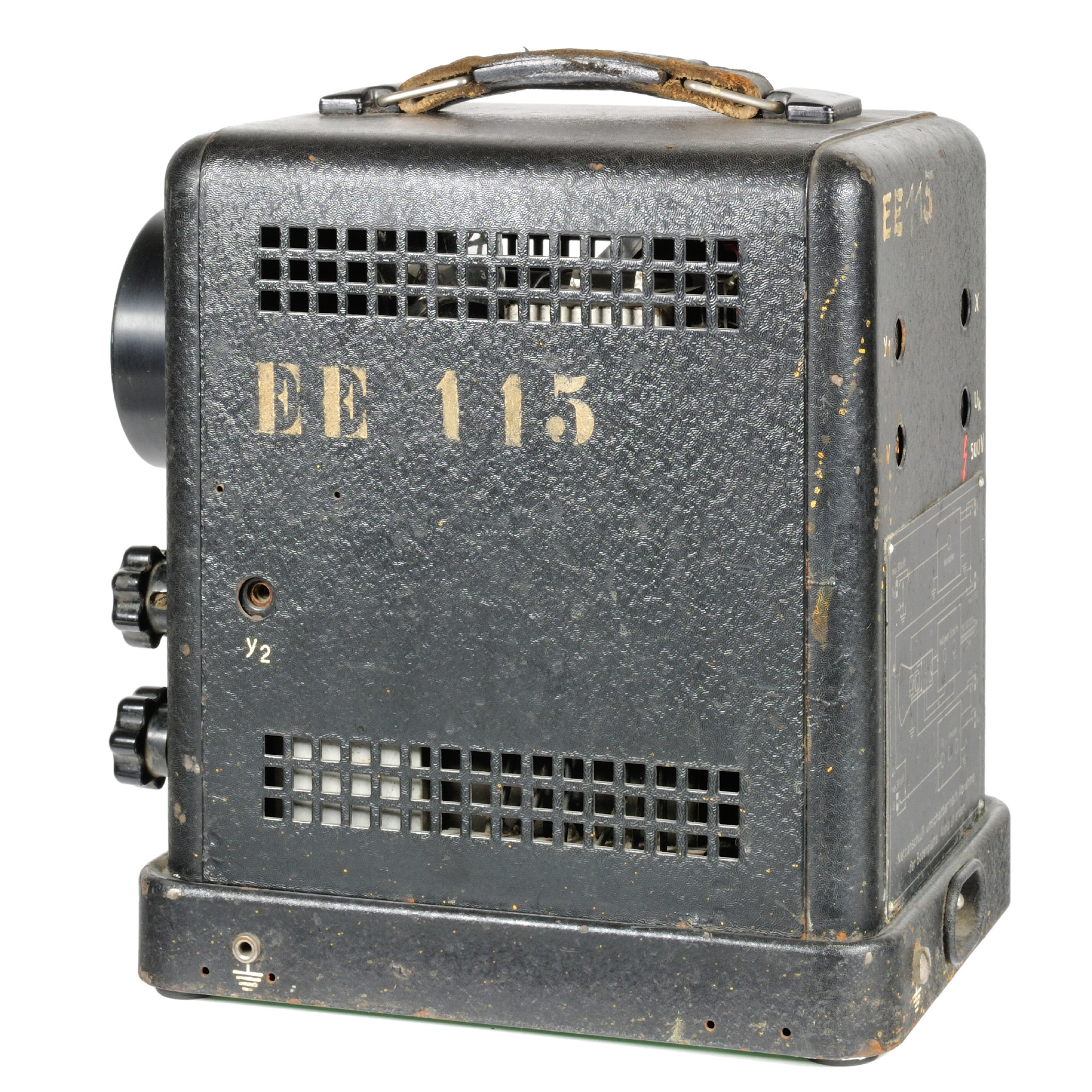
Sammlung historischer Messtechnik [01019] Kleinoszillograph KE1071; Siemens & Halske; ca. 1940
HISTORY OF SIEMENS & HALSKE. Werner von Siemens was born on 13th December 1816, in Lenthe, near Hanover, the fourth of 14 children of a less-than-affluent farmer. He quickly developed an interest in science and engineering, but when the family's shortage of money precluded the possibility of a university education on completing school, Werner.
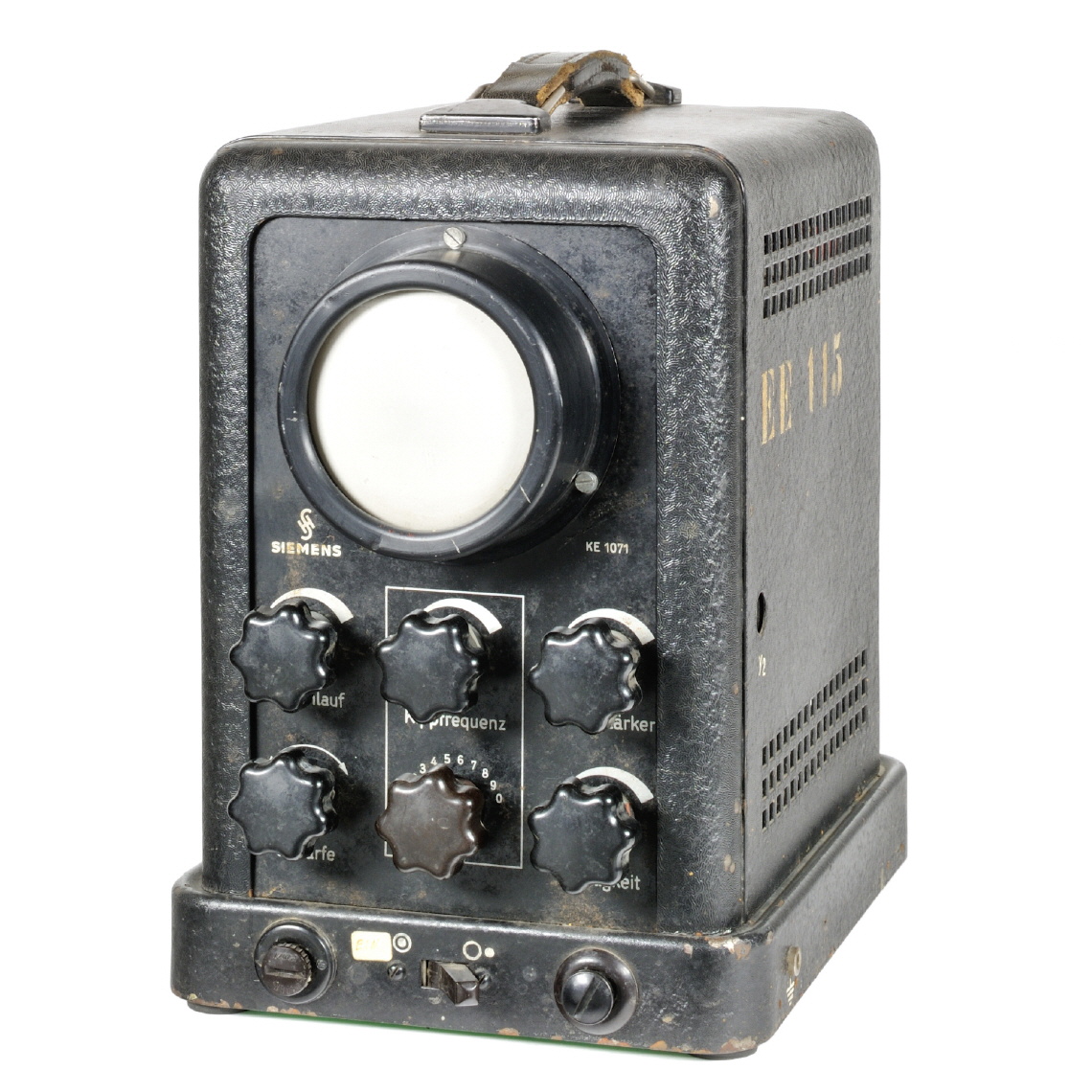
Sammlung historischer Messtechnik [01019] Kleinoszillograph KE1071; Siemens & Halske; ca. 1940
Siemens AG ( German pronunciation: [ˈziːməns] ⓘ [3] [4] [5] or [-mɛns] [5]) is a German multinational technology conglomerate.
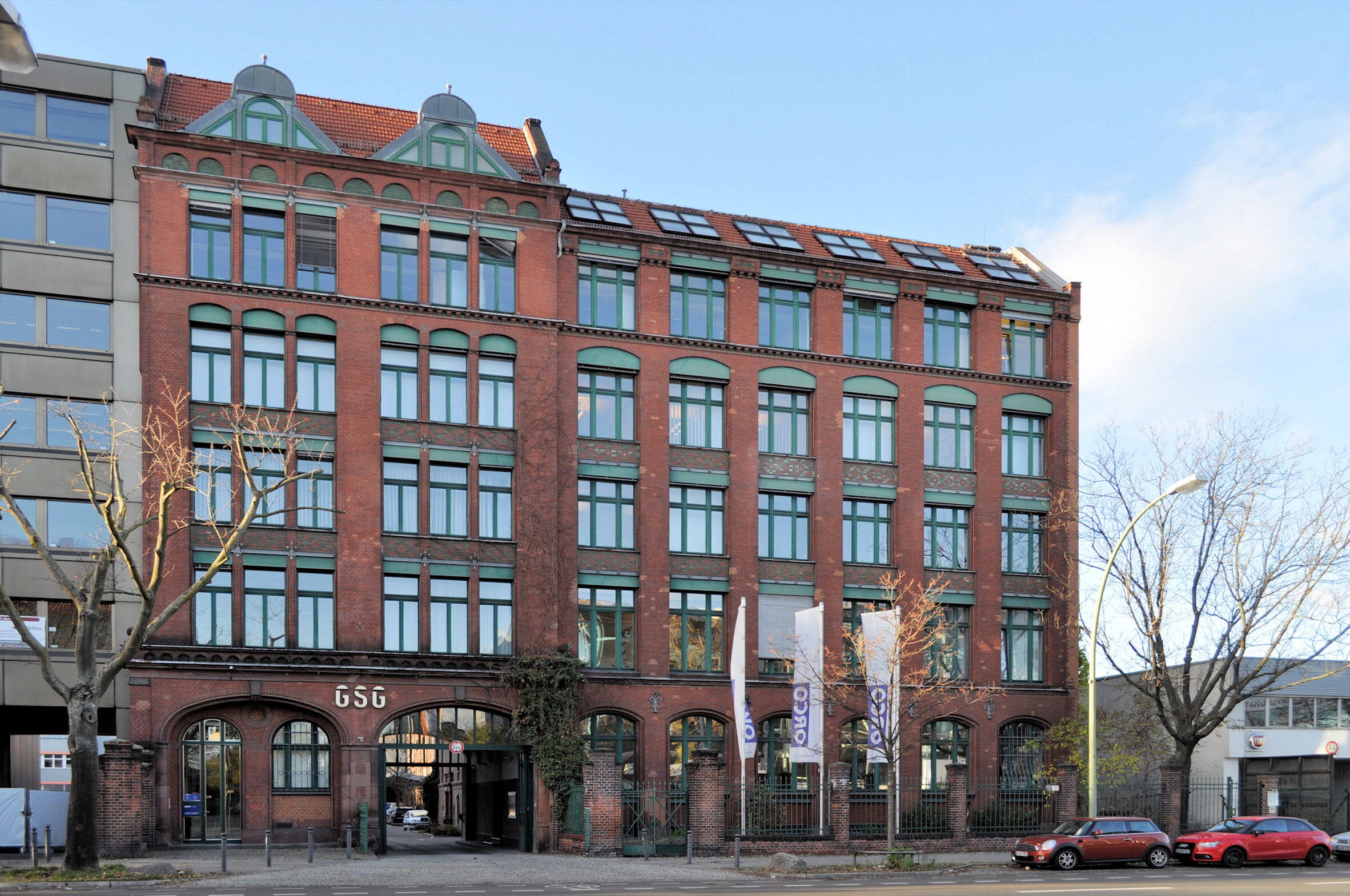
Siemens & Halske (Charlottenburger Werk)
Find out more: "Electric Times" - Siemens and the History of Energy Technology. With a tradition that dates back 150 years, there's a history of energy at Siemens. As an independent company, Siemens Energy opens a new chapter in the history of energy technology.

Σιδηροδρομικά Νέα Siemens & Halske Nr 1 Το πρώτο ηλεκτρικό τραίνο στην ιστορία...
Siemens & Halske by Bob Estreich u s i n g a h o r s e s h o e - shaped magnet instead of Bell's s i n g l e b a r magnet. He added a whistle 1878 butterstamp Von Stephan equipped 9,789 Post Offices with the telephone by 1900, and opened the system to public subscribers in Berlin in 1881, using a Siemens & Halske-built exchange . By 1891 the

Siemens & Halske. Akt. Ges, Charlottenburger Werk 1901 by Photographie originale / Original
To satisfy the growing need for aircraft perfomance, in the autumn of 1916 Siemens & Halske developed an innovative 11-cylinder radial engine, the Sh.III, designed by Franz Dinslage. Unlike its.
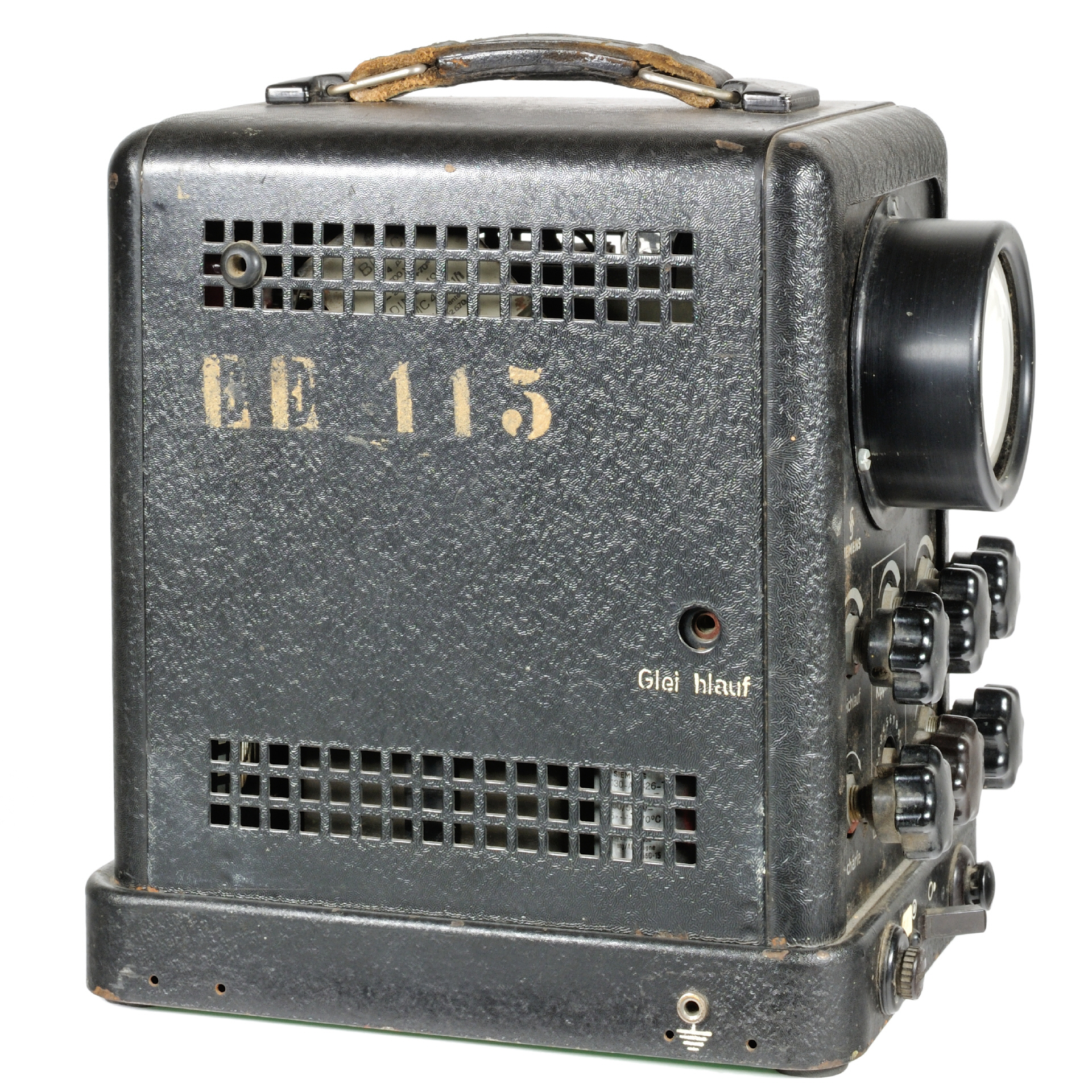
Sammlung historischer Messtechnik [01019] Kleinoszillograph KE1071; Siemens & Halske; ca. 1940
The Siemens & Halske T52, also known as the Geheimschreiber [1] ("secret teleprinter"), or Schlüsselfernschreibmaschine (SFM), was a World War II German cipher machine and teleprinter produced by the electrical engineering firm Siemens & Halske. The instrument and its traffic were codenamed Sturgeon by British cryptanalysts .

Sammlung historischer Messtechnik [00367] Universalmeßinstrument; Siemens & Halske, ca. 1920
Siemens & Halske was now a major producer of heavy industrial equipment, and telephones were only a small part of their range. A new firm, Siemens Schuckert Werke, was established in 1903 to handle their electric railway manufacturing business. It later developed into their major heavy electrical producer.

Dazumal Fernschreiber von Siemens & Halske Foto & Bild spezial, tisch, telefon Bilder auf
The Siemens-Halske Sh 22 (also known as SAM 22) was a nine-cylinder aircraft radial engine manufactured by Siemens & Halske in Germany in the 1930s. Following the reorganization of its manufacturer and change in military nomenclature, the engine became known as the Bramo 322.. It was a result of a series of modifications to the original Bristol Jupiter IV design, which Siemens licensed in 1929.
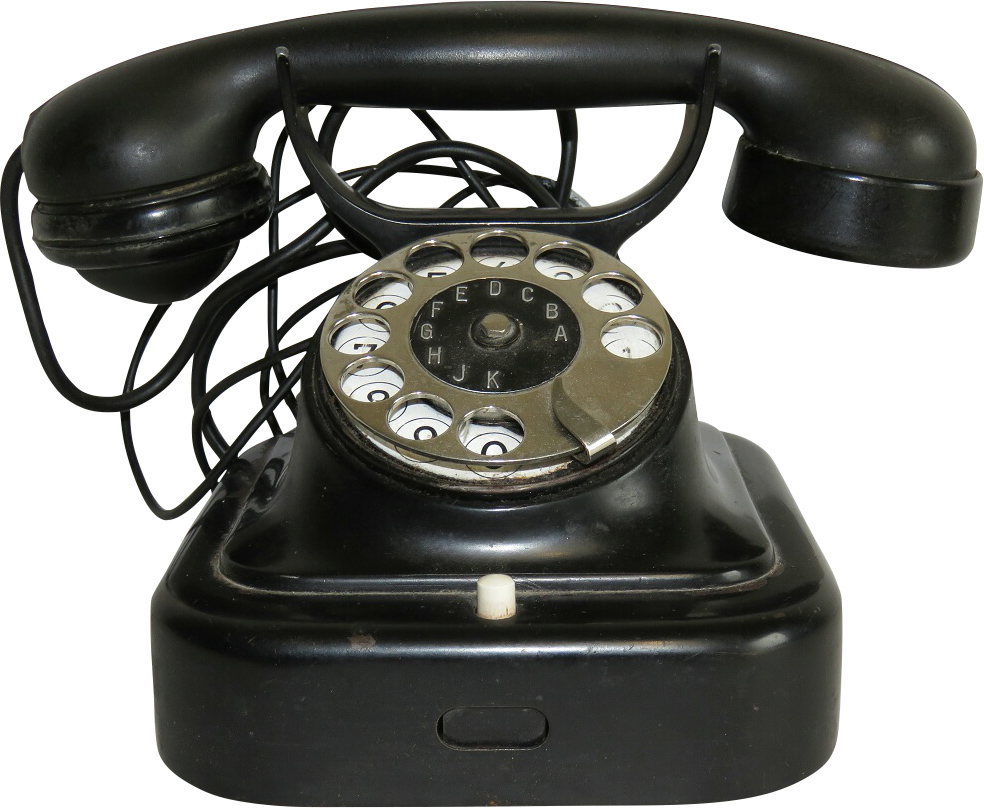
Prewar German officials Siemens & Halske W36 telephone (Fg Tist 66)
1897 - 1966. The company was originally founded in 1847 by Werner von Siemen as Telegraphen-Bauanstalt von Siemens & Halske. In 1897 it became a limited-liability company, Siemens & Halske AG. In 1903, this company merged its high-tension activities with Schuckert & Co to create Siemens-Schuckert, with majority ownership of Siemens-Halske.
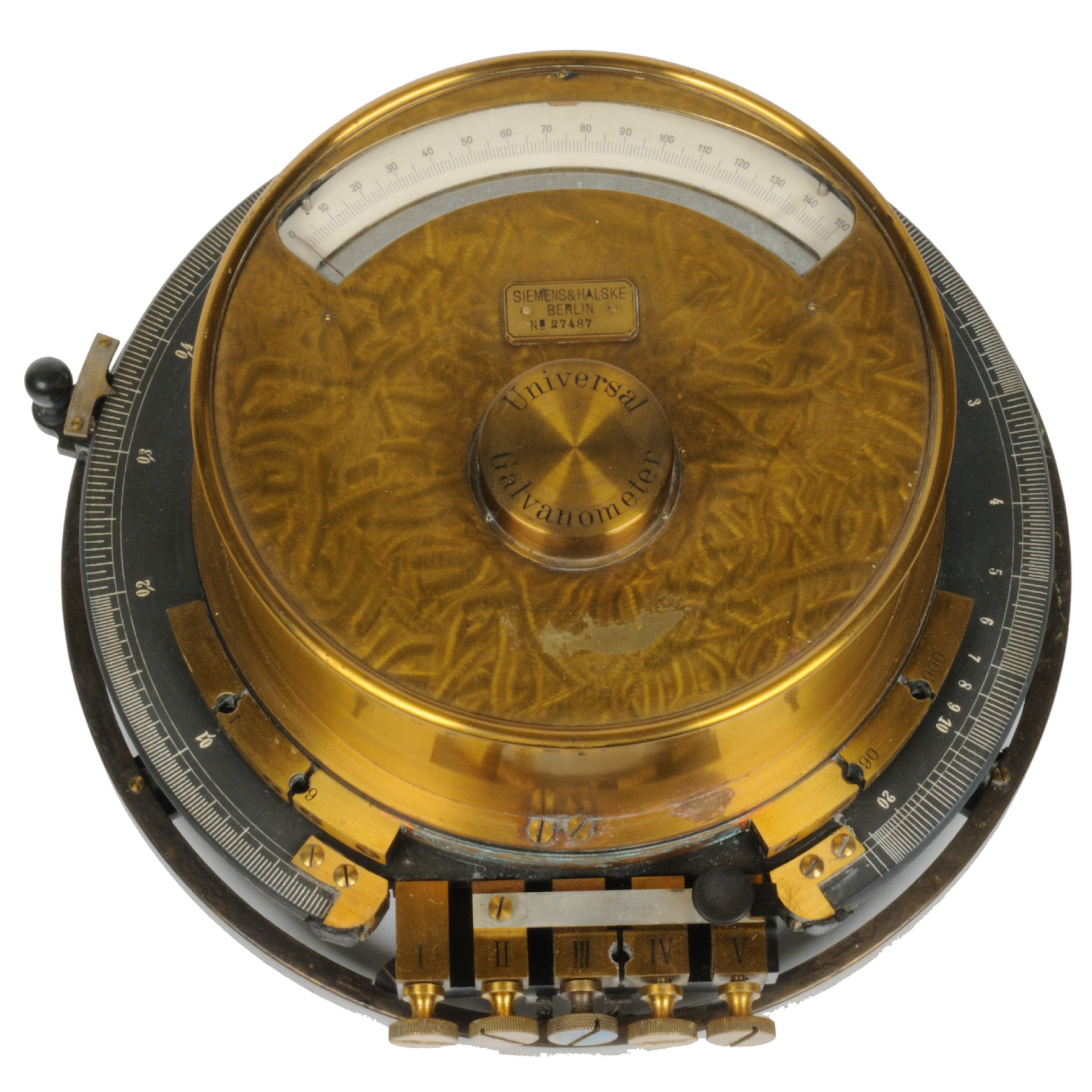
Sammlung historischer Messtechnik [00195] Universal Galvanometer, Siemens & Halske, 1897 1899
Speed world record in the year 1903. High speed railcar Zossen reaches more than 200 kilometers per hour. In 1899, Siemens & Halske and its competitor AEG were each awarded an order to equip a high-speed railcar. The first test series began in October 1903.

Siemens Halske narrowgauge electrical by WormWoodTheStar on DeviantArt
The Siemens-Halske Sh.III was an 11-cylinder, air-cooled counter rotary engine developed in Germany during World War I. [1] The engine was a development of the earlier 9-cylinder Siemens-Halske Sh.I. [2] Design Animation of the engine as it would have been seen looking at the front of the aircraft
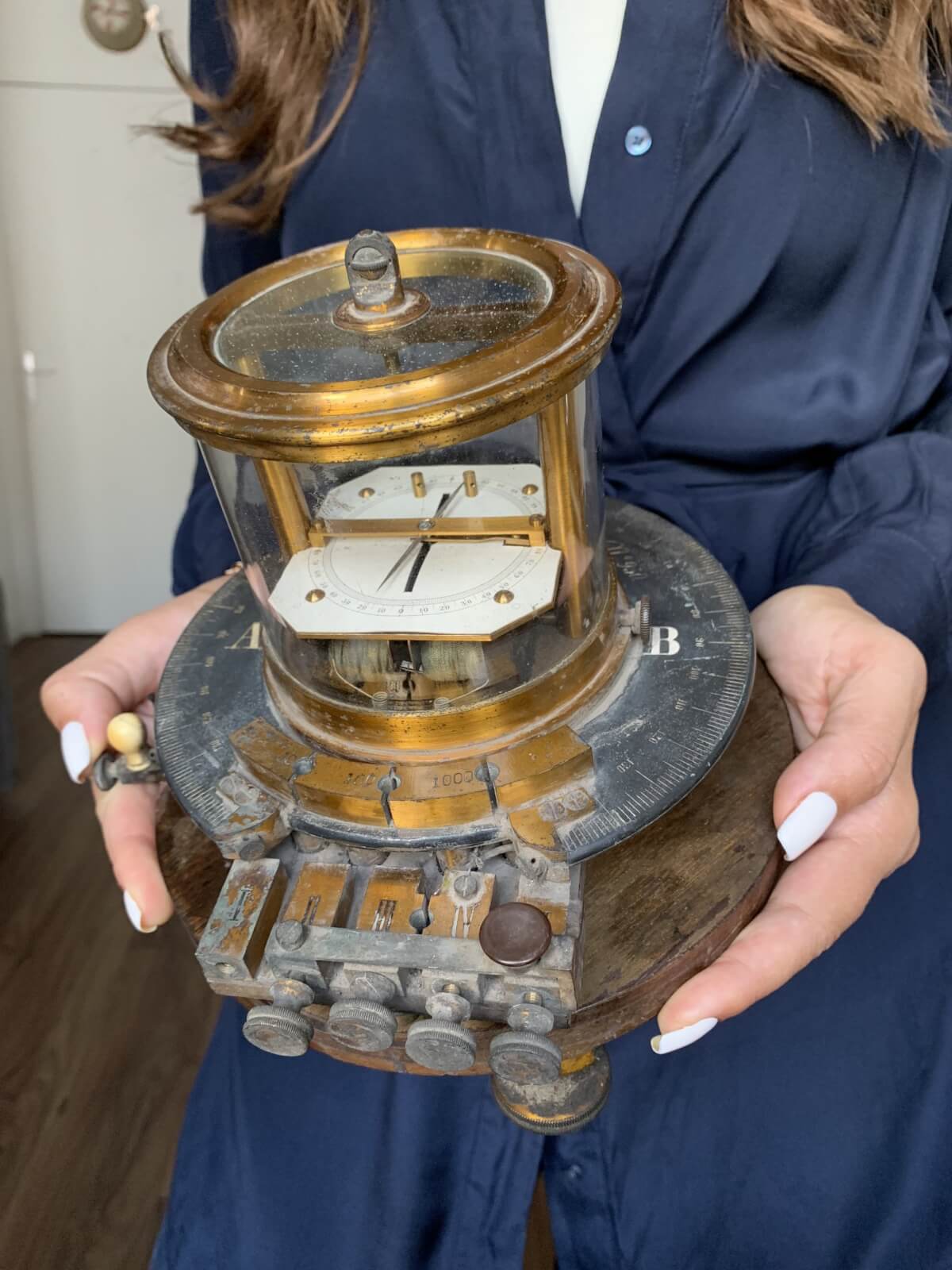
Télégraphe Siemens & Halske Berlin ⋆ Soviet in Paris
Siemens & Halske A.G., Munich, Germany. Plastic. 5 5/8 x 5 3/4 x 7 3/4" (14.3 x 14.6 x 19.7 cm). Gift of the manufacturer. 458.1956.1. Architecture and Design. Skip to main content. Use high-contrast text. We use our own and third-party cookies to personalize your experience and the promotions you see.
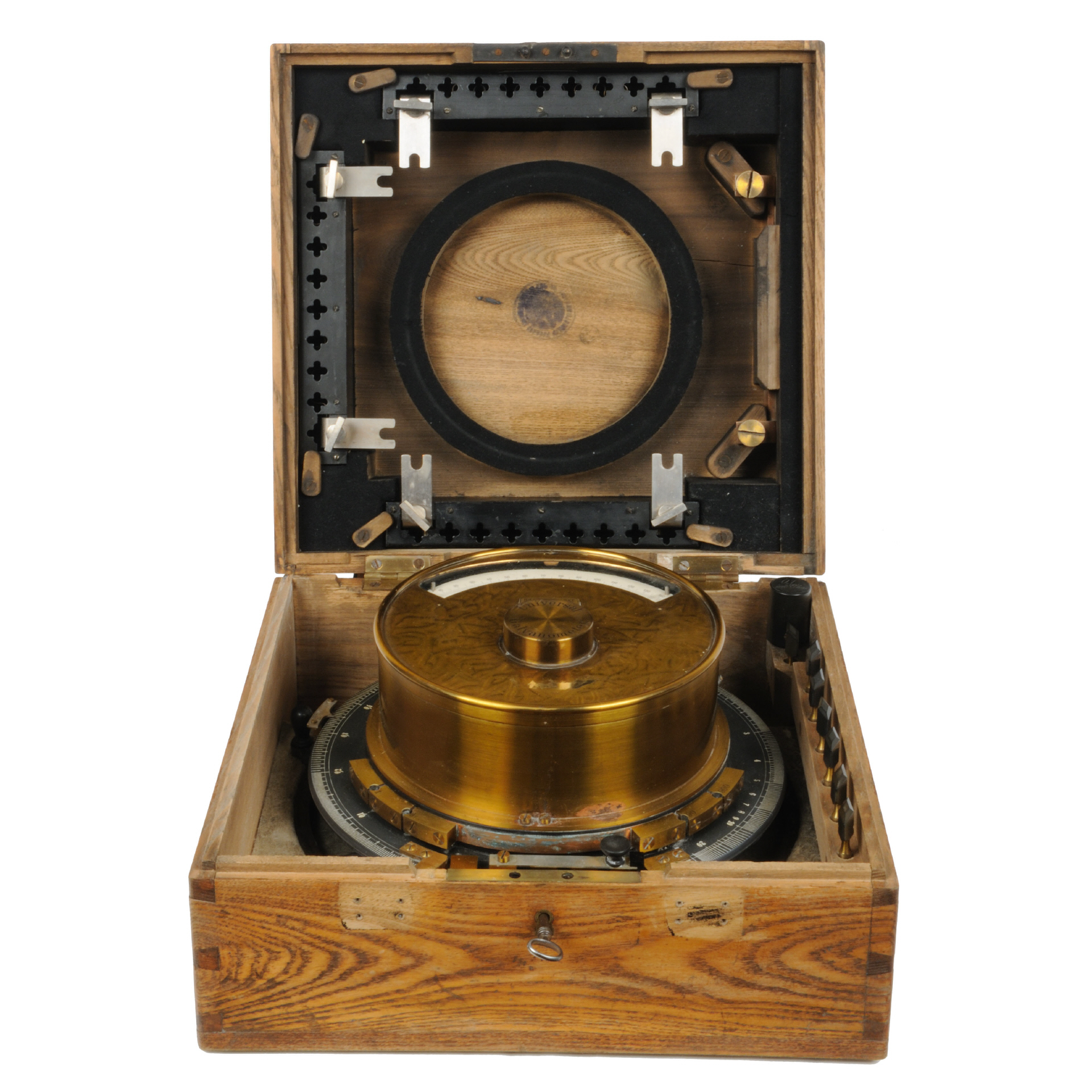
Sammlung historischer Messtechnik [00195] Universal Galvanometer, Siemens & Halske, 1897 1899
Siemens & Halske AG (or Siemens-Halske) was a German electrical engineering company that later became part of Siemens . It was founded on 12 October 1847 as Telegraphen-Bauanstalt von Siemens & Halske by Werner von Siemens and Johann Georg Halske.
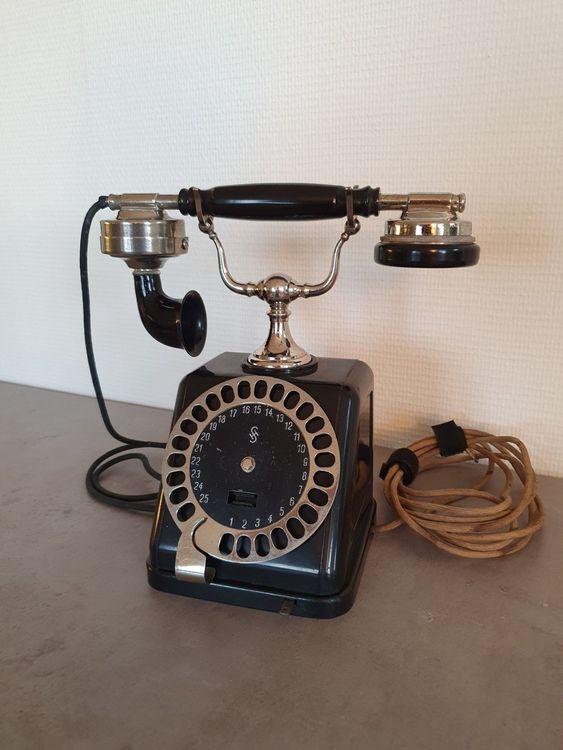
Siemens & Halske, 1920 Kaufen auf Ricardo
The Siemens-Halske Sh 14 was a seven-cylinder air-cooled radial engine for aircraft produced in Germany in the 1920s and 1930s. First run in 1928, it was rated at 93 kW (125 hp). First run in 1928, it was rated at 93 kW (125 hp).
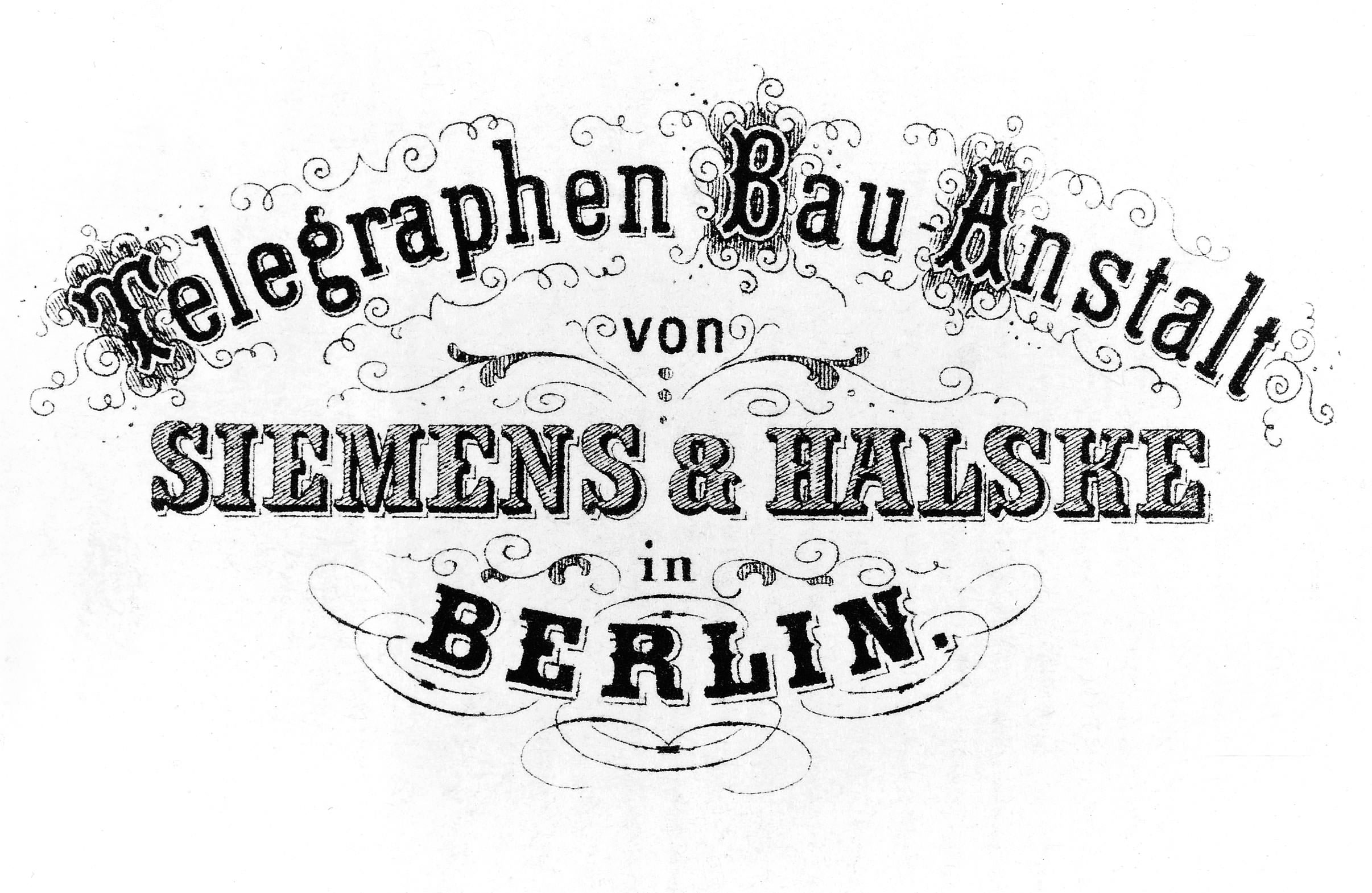
Siemens PRMuseum.de
Telegraphy and Telex. When Werner von Siemens designed his pointer telegraph of 1846/47, he started a new company. Now information could be sent faster, more cheaply and more reliably, even over long distances. Siemens thus made an important contribution to a new era in communications. Information and Communications Technology : Telegraphy and.

Siemens & Halske AG (Hauptverwaltung)
From precision mechanic to company founder In 1847, Johann Georg Halske joined Werner von Siemens in founding Siemens & Halske. But who was this man who tended to stay in the background?